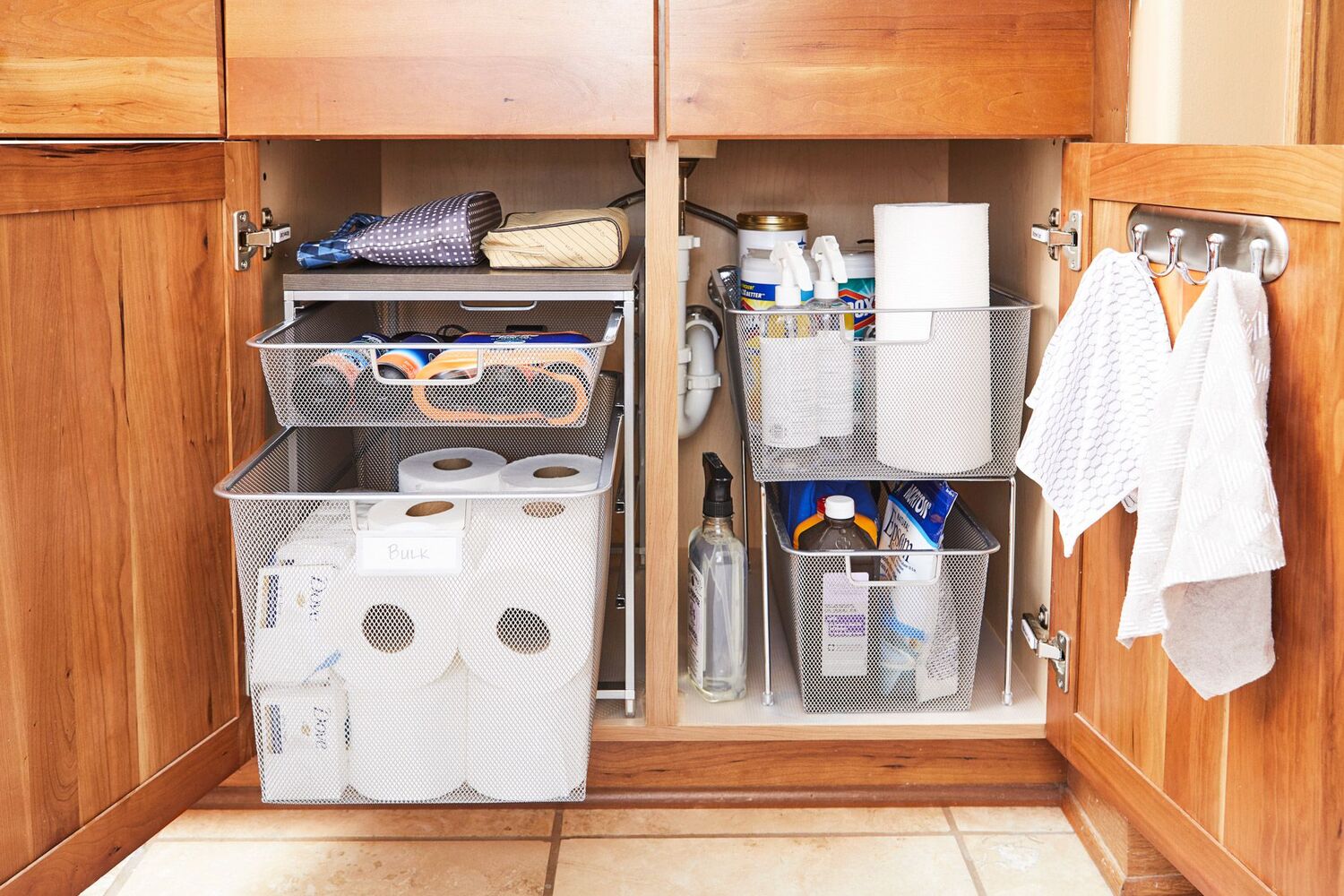

Articles
How To Organize Under Sink
Modified: August 28, 2024
Discover effective strategies for organizing your under sink area with these informative articles. Get expert tips and solutions to maximize storage and create a clutter-free space.
(Many of the links in this article redirect to a specific reviewed product. Your purchase of these products through affiliate links helps to generate commission for Storables.com, at no extra cost. Learn more)
Introduction
When it comes to maintaining an organized and clutter-free home, one area that often gets overlooked is under the sink. Whether it’s in the kitchen, bathroom, or laundry room, the under-sink area tends to become a catch-all for various cleaning supplies, toiletries, and other household items. However, with a little effort and some smart organization techniques, you can transform this often chaotic space into a functional and well-organized storage area.
In this article, we will explore practical tips and strategies on how to organize and declutter under the sink. From sorting and categorizing to utilizing storage solutions and maximizing vertical space, we will cover everything you need to know to create a neat and efficient under-sink area. So let’s dive in and discover the secrets to conquering the clutter!
Key Takeaways:
- Transform your under-sink area into a functional and well-organized storage space by decluttering, sorting, and utilizing smart storage solutions. Maximize vertical space and maintain organization for a clutter-free home.
- Create an efficient and tidy under-sink area by labeling, maintaining, and regularly decluttering. Utilize storage solutions and maximize vertical space to enjoy easy access to essentials and a clutter-free home.
Decluttering under the sink
The first step to organizing any space is decluttering. Start by emptying out everything from under the sink and assessing each item. Sort through the items and determine what you really need and use regularly. Get rid of any expired or unused items and dispose of them properly. This will help create more space and make organizing easier.
Once you have decluttered, wipe down the surfaces and clean any spills or stains. This will provide a fresh start and make the organizing process more enjoyable.
Next, consider what items are essential for the under-sink area. Common items found under the sink include cleaning supplies, sponges, dish soap, garbage bags, and household tools. Keep these items within easy reach and consider storing less frequently used items elsewhere.
If you have limited space under the sink, consider moving non-essential items to a separate storage area. This will free up valuable space and make accessing necessary items more convenient.
Remember, the key to decluttering is to be honest with yourself about what you truly need and use regularly. Letting go of items that are no longer essential will create a more streamlined and efficient under-sink area.
Sorting and categorizing
Once you have decluttered the under-sink area, it’s time to sort and categorize the remaining items. Group similar items together to make them easier to find and access.
Consider using small plastic bins or dividers to create separate compartments for different categories. For example, you can have one bin for cleaning supplies, another for sponges and brushes, and another for household tools. This will help keep everything organized and prevent items from getting jumbled together.
When sorting and categorizing, think about how often you use certain items and prioritize accordingly. Keep frequently used items within easy reach and place less frequently used items towards the back or in harder-to-reach areas.
If you have multiple under-sink areas in your home, you can assign specific categories to each space. For example, you can designate one under-sink area for cleaning supplies and another for bathroom essentials. This will further streamline the organization process and make finding items a breeze.
Remember to label your bins or containers to easily identify the contents. This will save you time and effort when searching for specific items.
Lastly, consider the size and shape of your items when deciding how to sort and store them. Utilize stackable bins or adjustable shelving units to maximize the use of vertical space and make the most of the available area.
By effectively sorting and categorizing your items, you will create a more organized and efficient under-sink area that makes locating and accessing items a breeze.
Utilizing storage solutions
Once you have sorted and categorized your items, it’s time to explore storage solutions that can help maximize the space under the sink. Here are a few options to consider:
1. Stackable storage bins: These bins come in various sizes and can be stacked on top of each other to utilize vertical space. They are perfect for organizing cleaning supplies, toiletries, and other small items.
2. Over-the-door organizers: If you have a cabinet door under the sink, consider installing an over-the-door organizer. These organizers typically have pockets or hooks and can be used to store items like sponges, brushes, and gloves.
3. Tension rod: A tension rod can be installed inside the cabinet to create additional storage options. Hang cleaning spray bottles or small bins on the tension rod to keep them tidy and easily accessible.
4. Expandable shelf risers: These adjustable shelves can help double your storage space by allowing you to stack items on different levels. They are especially useful for organizing bottles and containers of different heights.
5. Drawer dividers: If you have a deep under-sink cabinet with drawers, consider using drawer dividers to divide the space into compartments. This will prevent items from shifting around and keep things organized.
6. Under-sink organizers: There are specialized storage systems designed specifically for under-sink areas. These organizers typically come with adjustable shelves, hooks, and slide-out drawers to optimize storage space.
Remember to measure the dimensions of your under-sink area before purchasing any storage solutions to ensure they will fit properly. Additionally, choose storage solutions that are made from durable materials and are easy to clean.
By utilizing the right storage solutions, you can make the most of your under-sink space and keep everything neatly organized.
Use stackable bins or drawers to maximize vertical space and keep items organized. Group similar items together and use labels to easily find what you need.
Maximizing vertical space
When it comes to organizing under the sink, it’s important to make the most of the available vertical space. Here are some tips on how to maximize vertical space:
1. Utilize adjustable shelving: Install adjustable shelves inside the cabinet to make it easier to accommodate items of different heights. This will allow you to make the most of the vertical space and prevent wasted space.
2. Install hooks: Attach hooks to the inside of the cabinet doors or walls to hang items such as cleaning brushes, gloves, or small bags. This will free up space on the shelves and keep things within easy reach.
3. Use hanging organizers: Hang small baskets or organizers from the top of the cabinet to store lightweight items like sponges or cleaning cloths. This will help keep them off the shelves and create more storage options.
4. Consider a tension rod: Install a tension rod horizontally across the cabinet to create a hanging space for spray bottles or cleaning tools. This will not only maximize vertical space but also keep these items easily accessible.
5. Use stackable bins or containers: Invest in stackable bins or containers that can be easily stacked to create vertical storage. This is especially useful for storing items like dishwasher tablets, cleaning supplies, and toiletries.
Remember to arrange items according to frequency of use, with the most commonly used items at the front and easily accessible. By making the most of vertical space, you can create a more efficient and organized under-sink area.
Labeling and organizing
One of the key factors in maintaining an organized under-sink area is labeling. Proper labeling not only helps you quickly identify and find items, but it also helps maintain the organization over time. Here are some tips for labeling and organizing:
1. Use clear containers: Store smaller items like rubber bands, clips, or small tools in clear containers. This allows you to easily see what’s inside without having to open every container.
2. Label bins and containers: Use adhesive labels or a label maker to clearly label each bin or container. Include specific details such as “cleaning supplies,” “toothpaste and toothbrushes,” or “dishwashing accessories.
3. Color-code: Consider color-coding your bins or containers to further organize your under-sink area. Assign a color for different categories such as cleaning products, personal care items, or household tools. This visual cue can help you quickly identify the right container.
4. Create a designated spot for each item: Assign a specific spot for each item and try to stick to it. By having a designated place for each item, you can quickly locate and return items, which helps to maintain organization.
5. Maintain and update labels: Regularly review and update your labels as needed. Over time, items may change or new ones may be added. It’s important to keep labels accurate and up to date for easy reference.
6. Arrange items by frequency of use: Organize items based on how frequently you use them. Place everyday items within easy reach for quick access, while less frequently used items can be stored towards the back or in harder-to-reach areas.
Labeling and organizing go hand in hand to create an efficient and tidy under-sink area. Taking the time to label and maintain the organization will save you time and frustration in the long run.
Maintenance and upkeep
Once you have successfully organized your under-sink area, it’s important to establish a routine for maintenance and upkeep. By regularly maintaining the organization, you can prevent clutter from building up and ensure that the area remains functional. Here are some tips for maintaining your organized under-sink space:
1. Regularly declutter: Set aside time on a regular basis to declutter the under-sink area. Remove any expired or unused items and reassess the organization system. This will help prevent clutter from accumulating and keep the space organized.
2. Wipe down and clean: Take the time to regularly clean and wipe down the under-sink area. This will help remove any dust, spills, or stains and keep the space fresh and hygienic.
3. Review labels: Periodically review the labels on your bins and containers to ensure they are accurate and up to date. Make any necessary adjustments or additions as needed.
4. Check for leaks: Keep an eye out for any leaks or moisture issues under the sink. If you notice any signs of water damage or leaks, address them promptly to prevent further damage and maintain the integrity of your under-sink area.
5. Avoid overcrowding: As you use and replace items under the sink, be mindful not to overcrowd the space. Avoid adding too many items or allowing them to pile up, as this can quickly undo your organizational efforts.
6. Regularly assess storage solutions: Evaluate the effectiveness of your storage solutions on a regular basis. If certain containers or organizers are no longer serving their purpose or if your needs have changed, consider making adjustments or investing in new storage solutions.
By incorporating regular maintenance and upkeep into your routine, you can ensure that your under-sink area remains organized and functional for the long term.
Conclusion
Organizing the under-sink area in your home may seem like a daunting task, but with the right strategies and a little effort, you can transform this space into a functional and well-organized storage area.
Start by decluttering and getting rid of any unused or expired items. Sort and categorize the remaining items, utilizing storage solutions such as stackable bins, over-the-door organizers, and adjustable shelving to maximize the available space.
Consider the vertical space and take advantage of options like tension rods, hooks, and hanging organizers to further optimize storage. Labeling your bins and containers will make it easier to find and maintain the organization over time.
Remember to regularly declutter, wipe down and clean the under-sink area, and review your storage solutions to ensure they are still meeting your needs.
Maintain the organization by avoiding overcrowding and promptly addressing any leaks or water damage. By incorporating these maintenance and upkeep practices, you can enjoy a tidy and functional under-sink area for years to come.
Take the time to organize your under-sink area today and experience the benefits of a clutter-free space. With a well-organized under-sink area, you’ll have easy access to the essentials and create a more efficient and enjoyable home environment.
Frequently Asked Questions about How To Organize Under Sink
Was this page helpful?
At Storables.com, we guarantee accurate and reliable information. Our content, validated by Expert Board Contributors, is crafted following stringent Editorial Policies. We're committed to providing you with well-researched, expert-backed insights for all your informational needs.
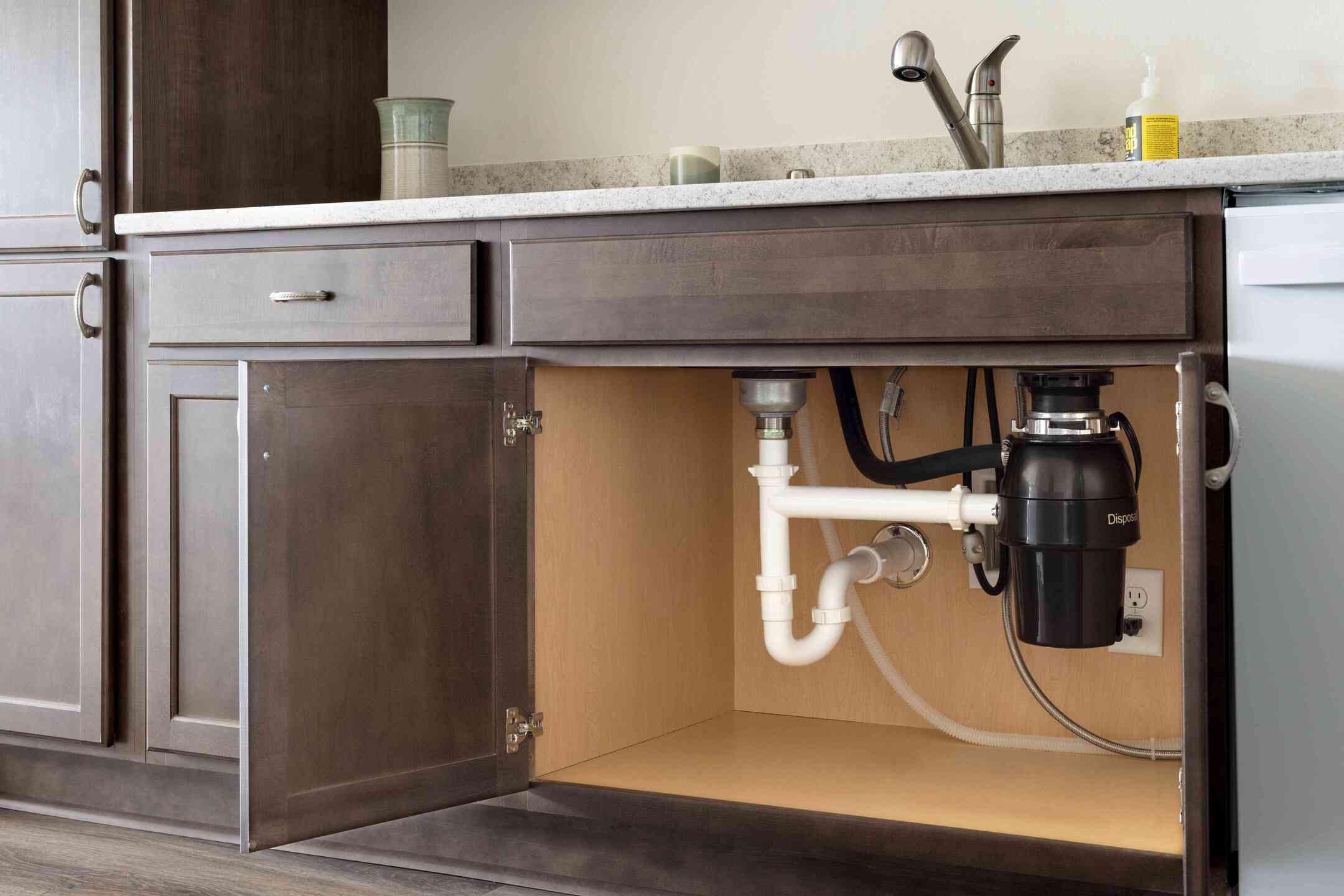

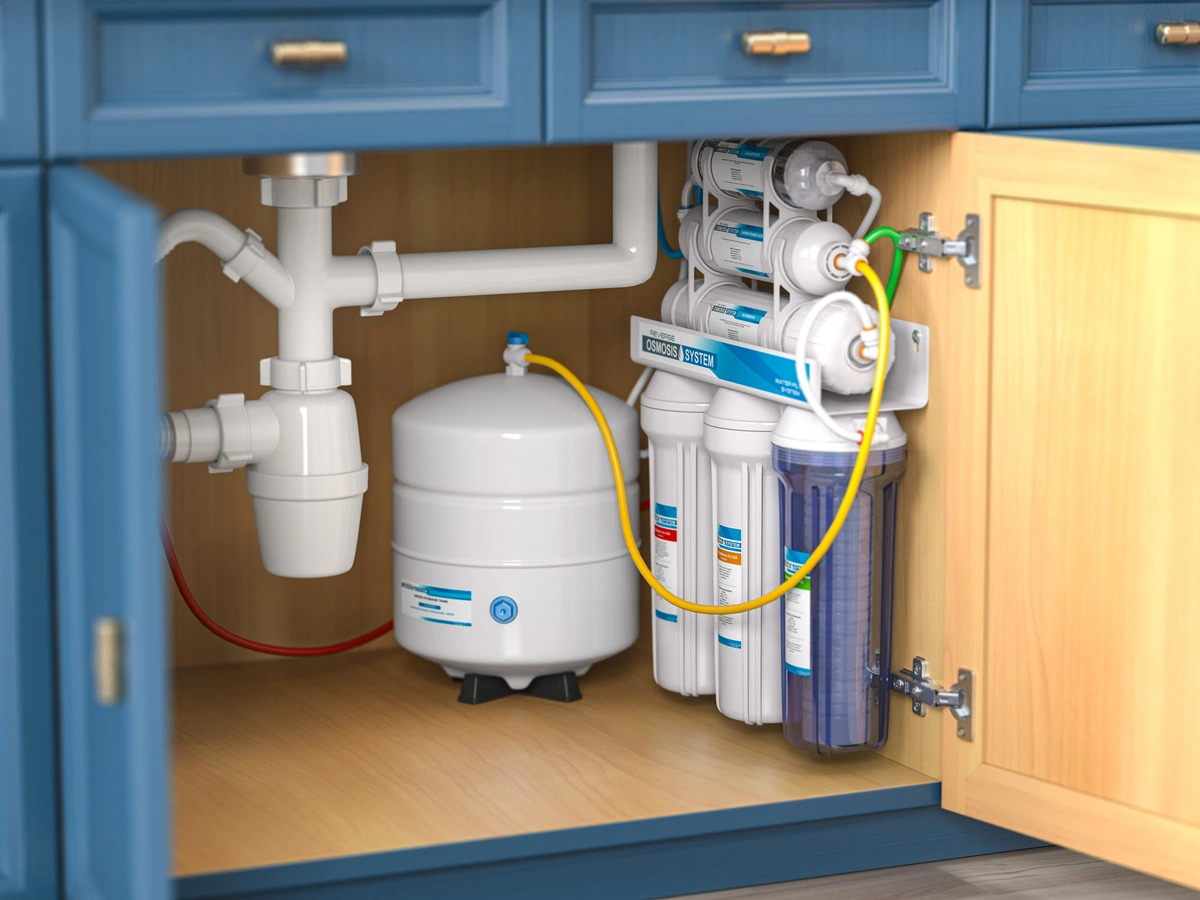
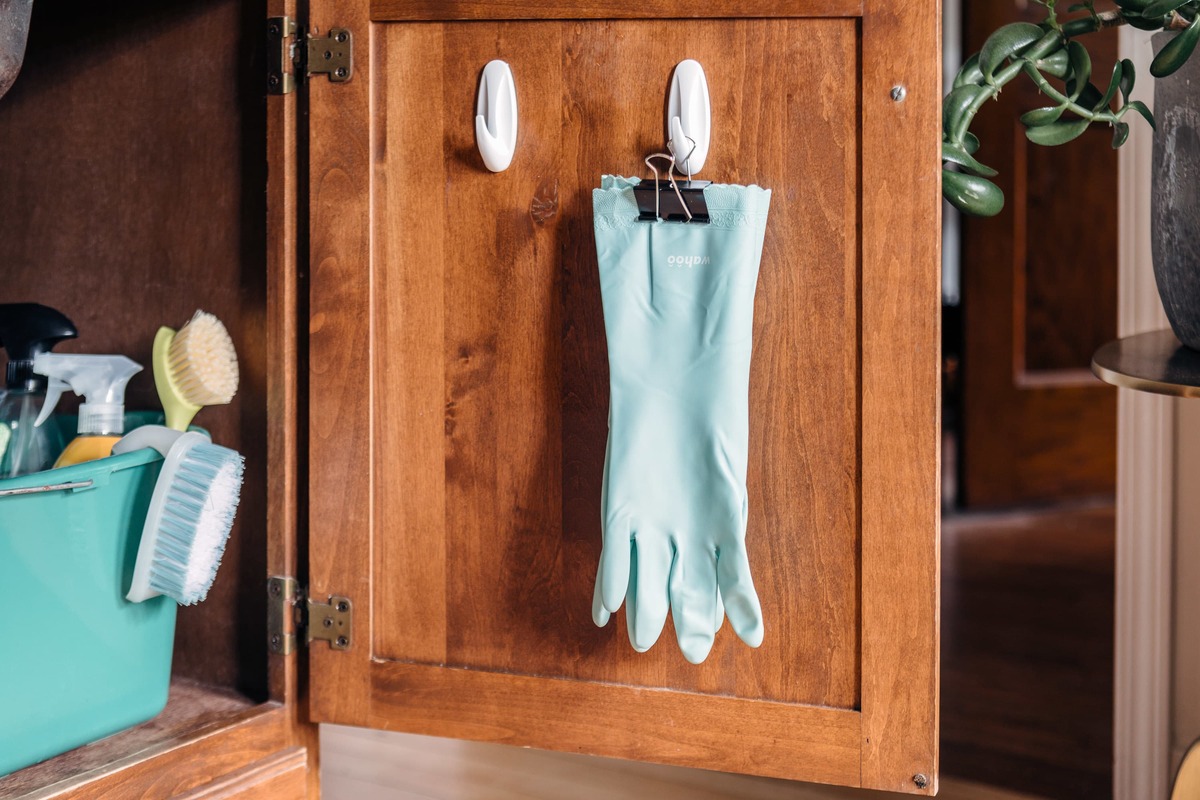
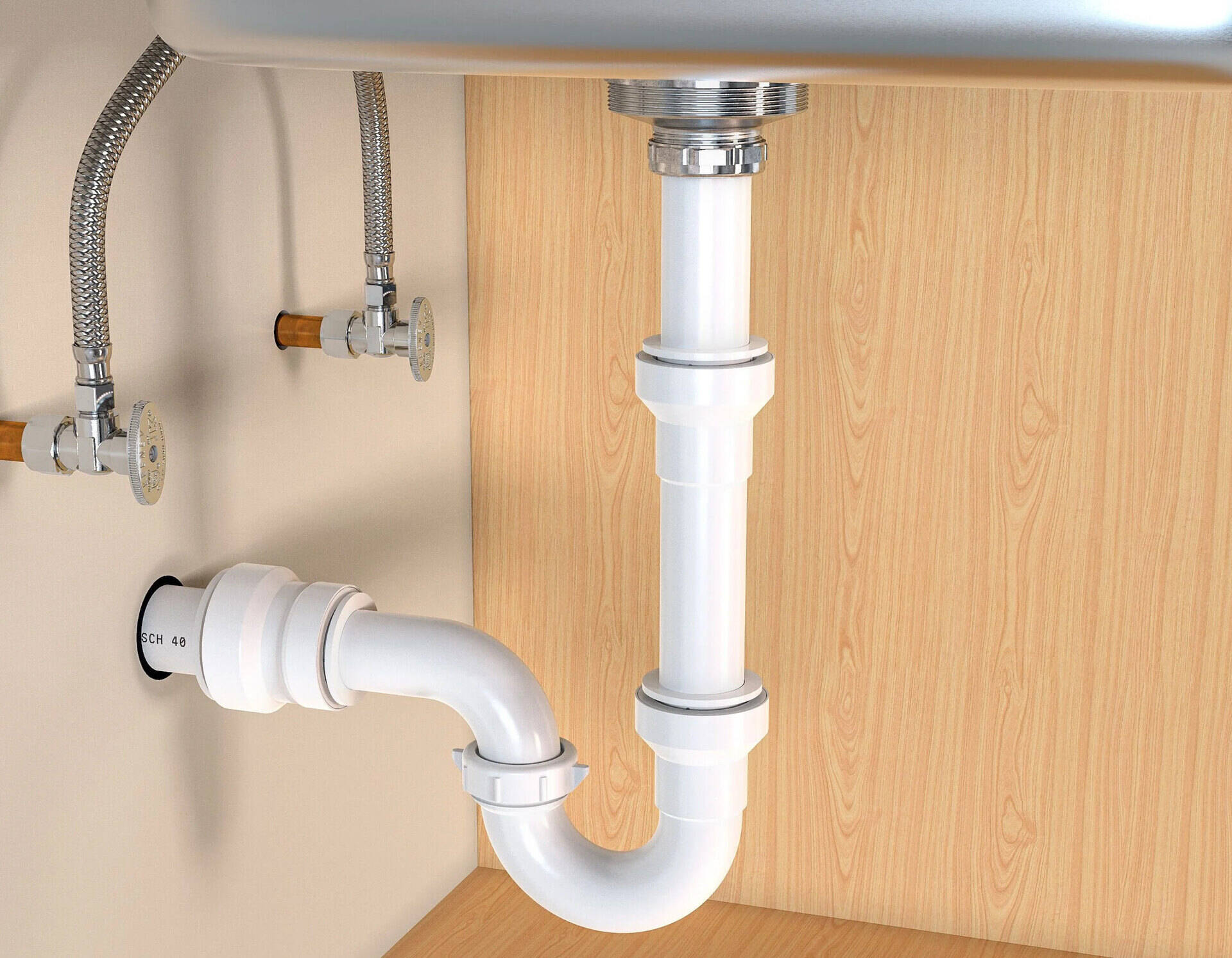
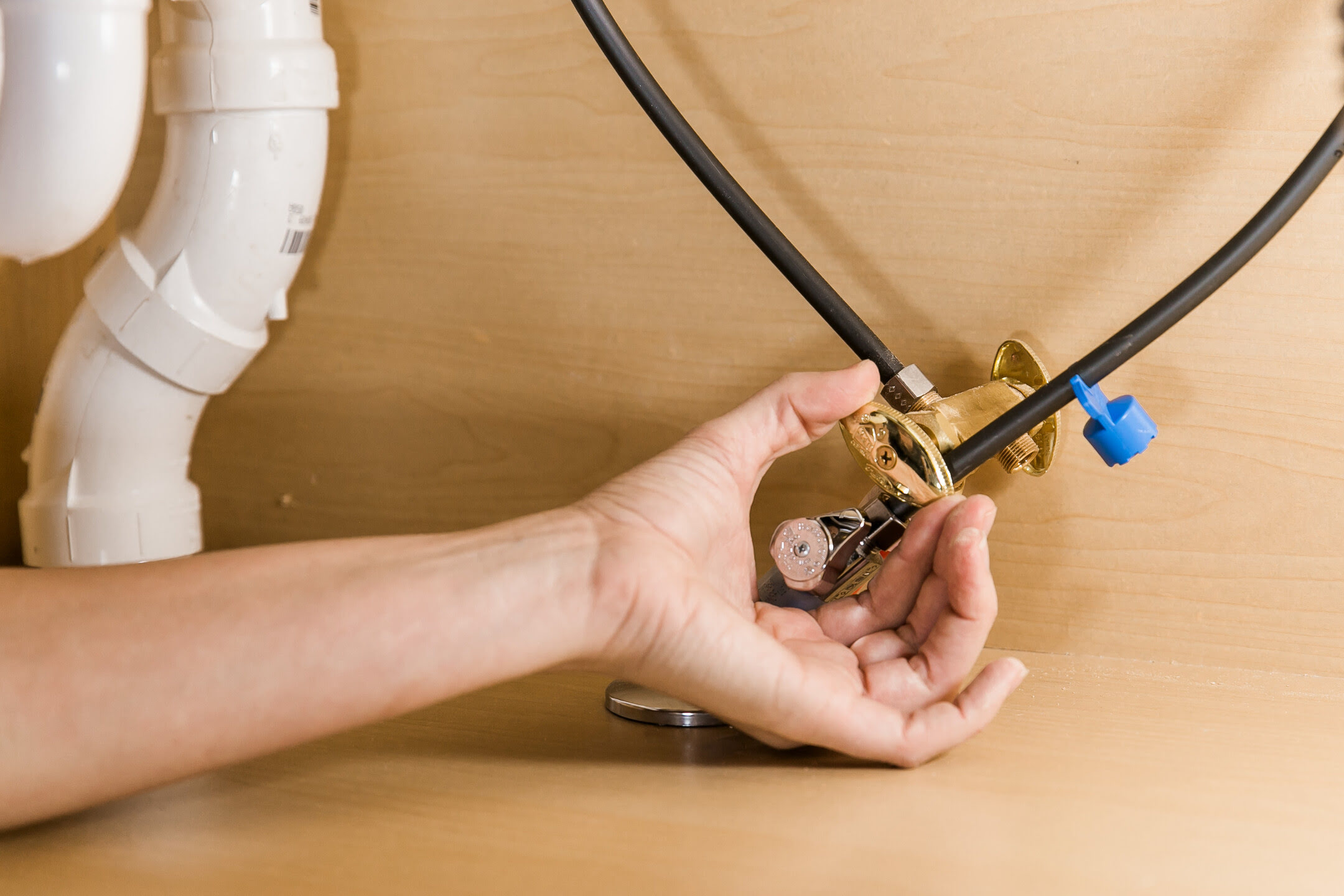
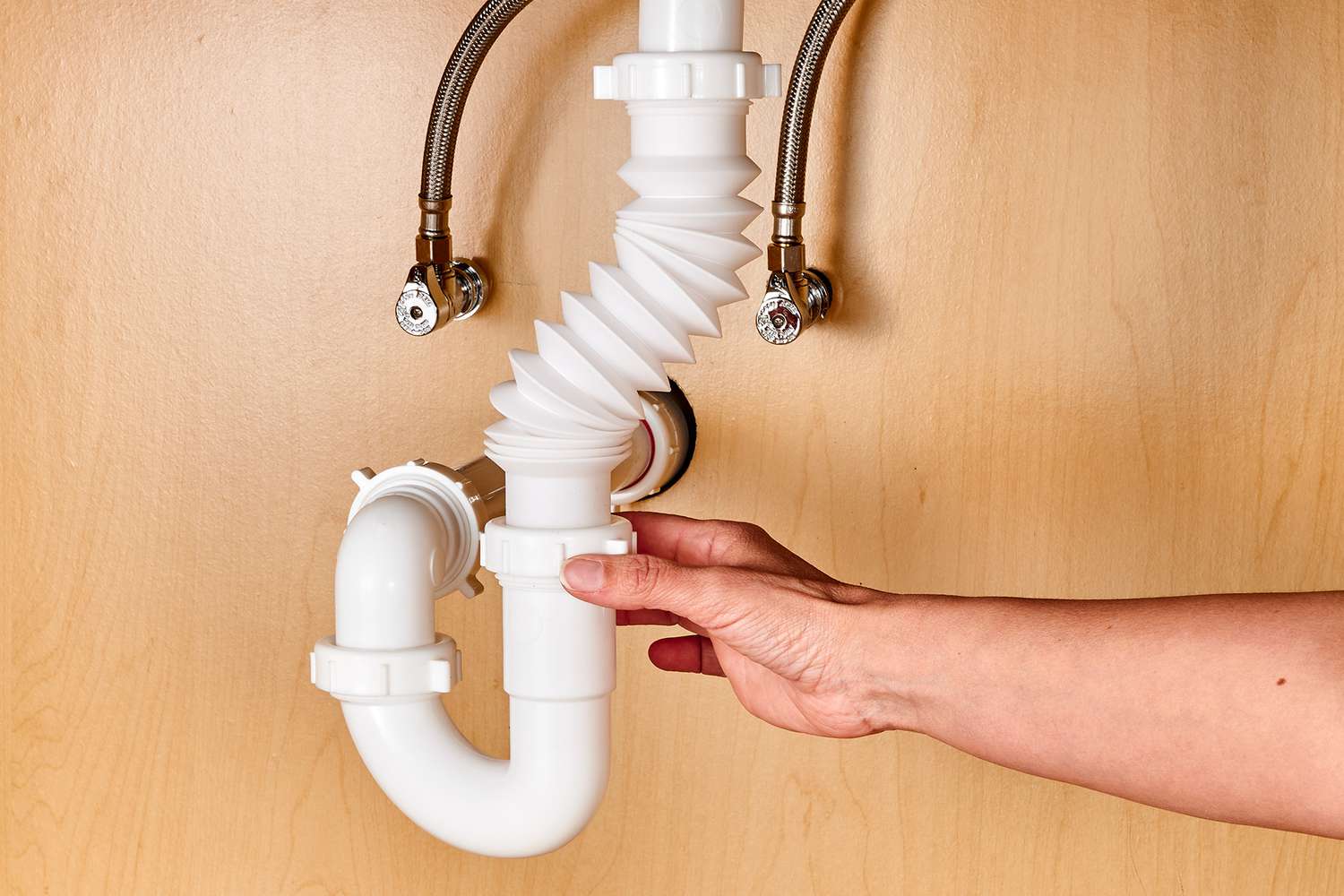
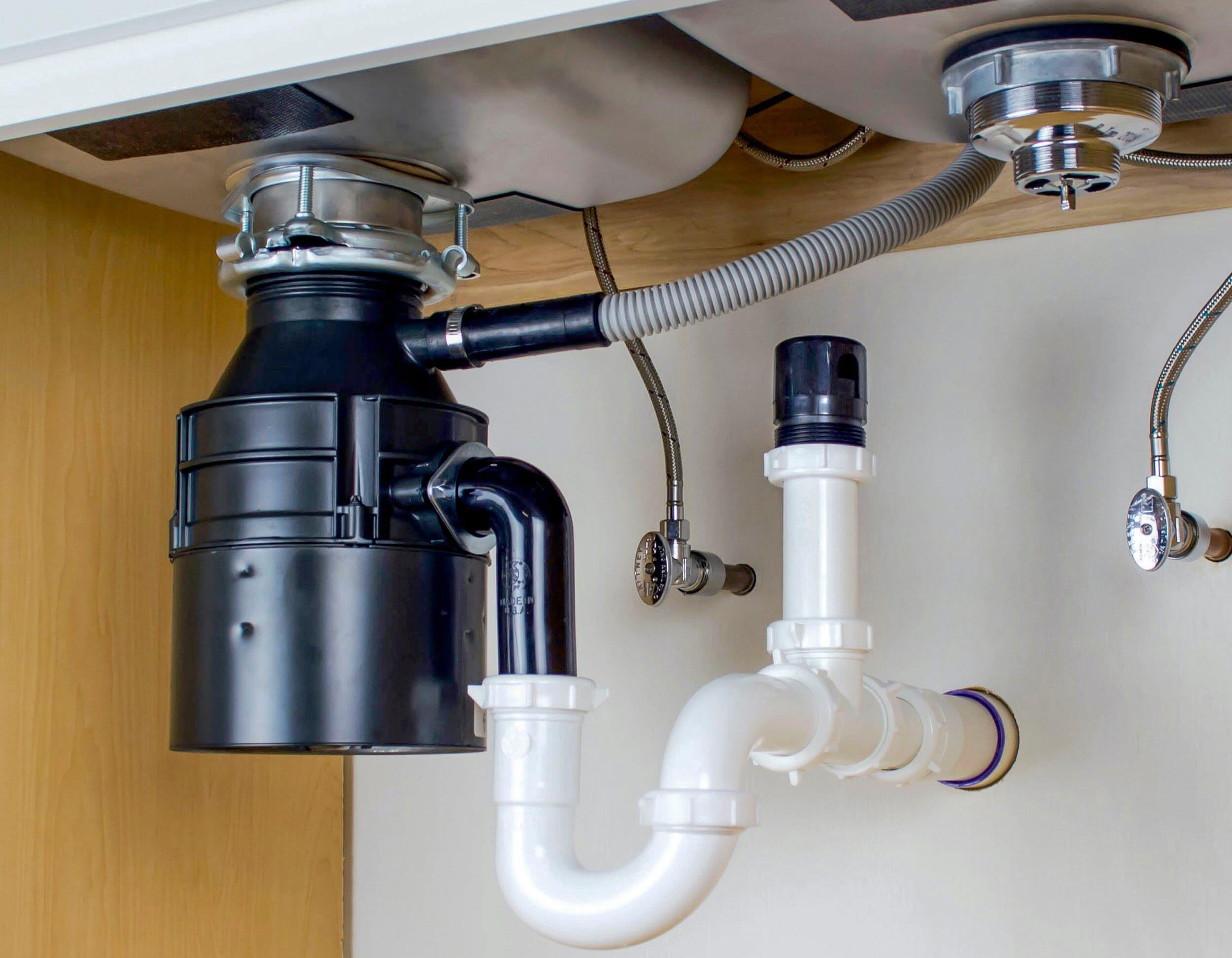
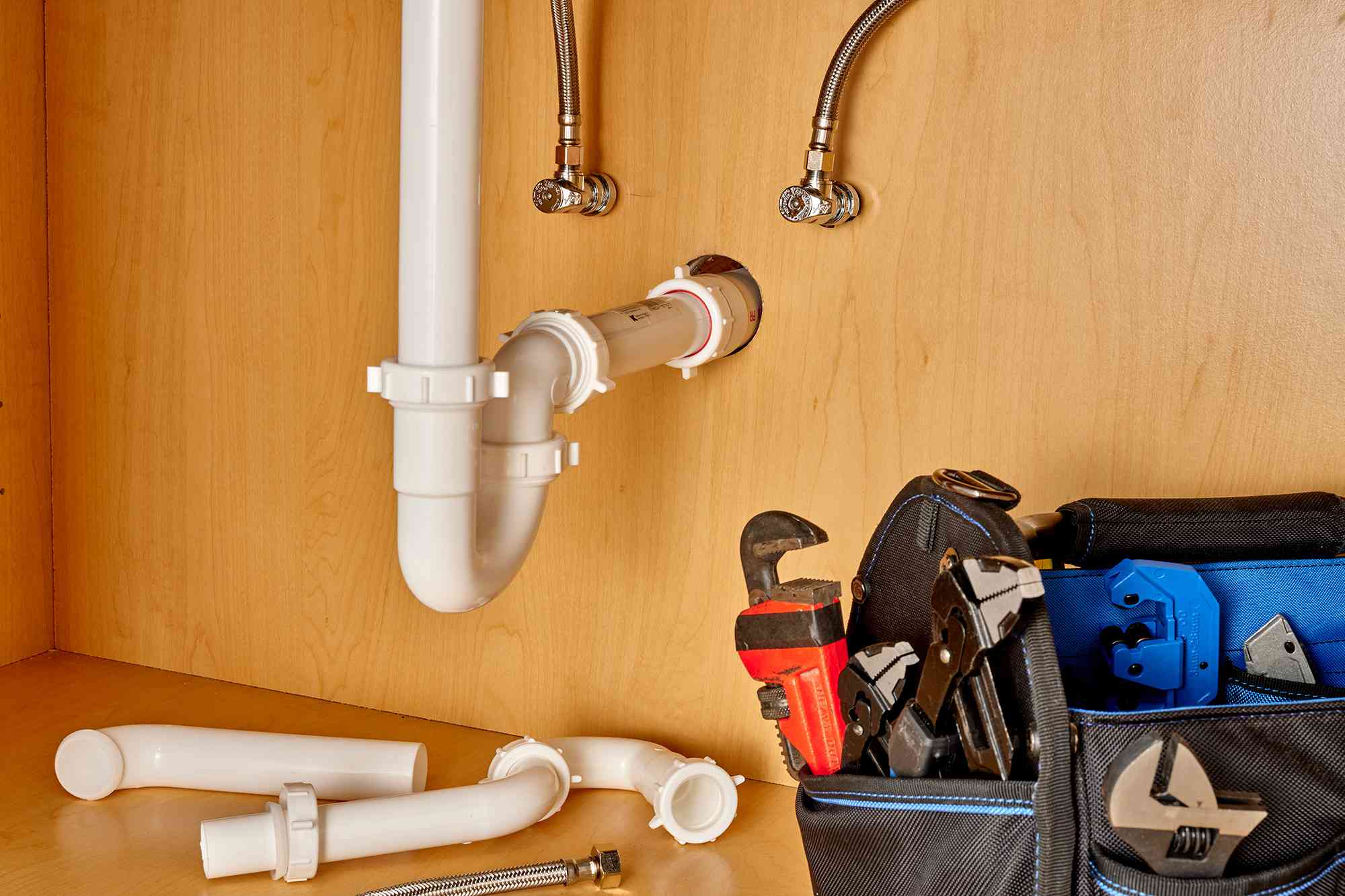
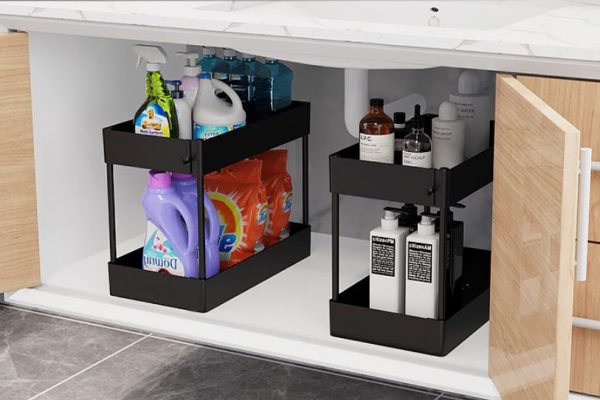
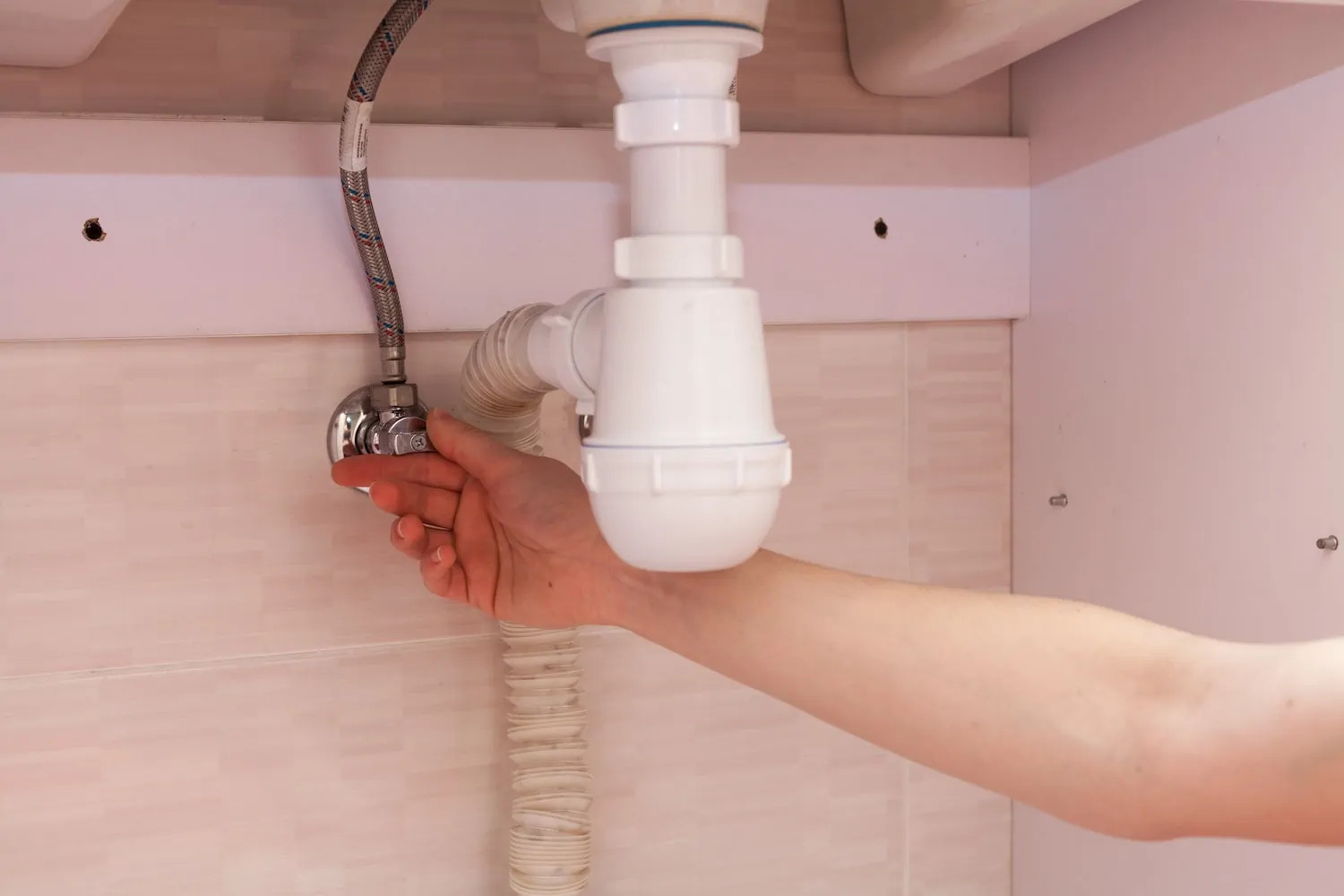
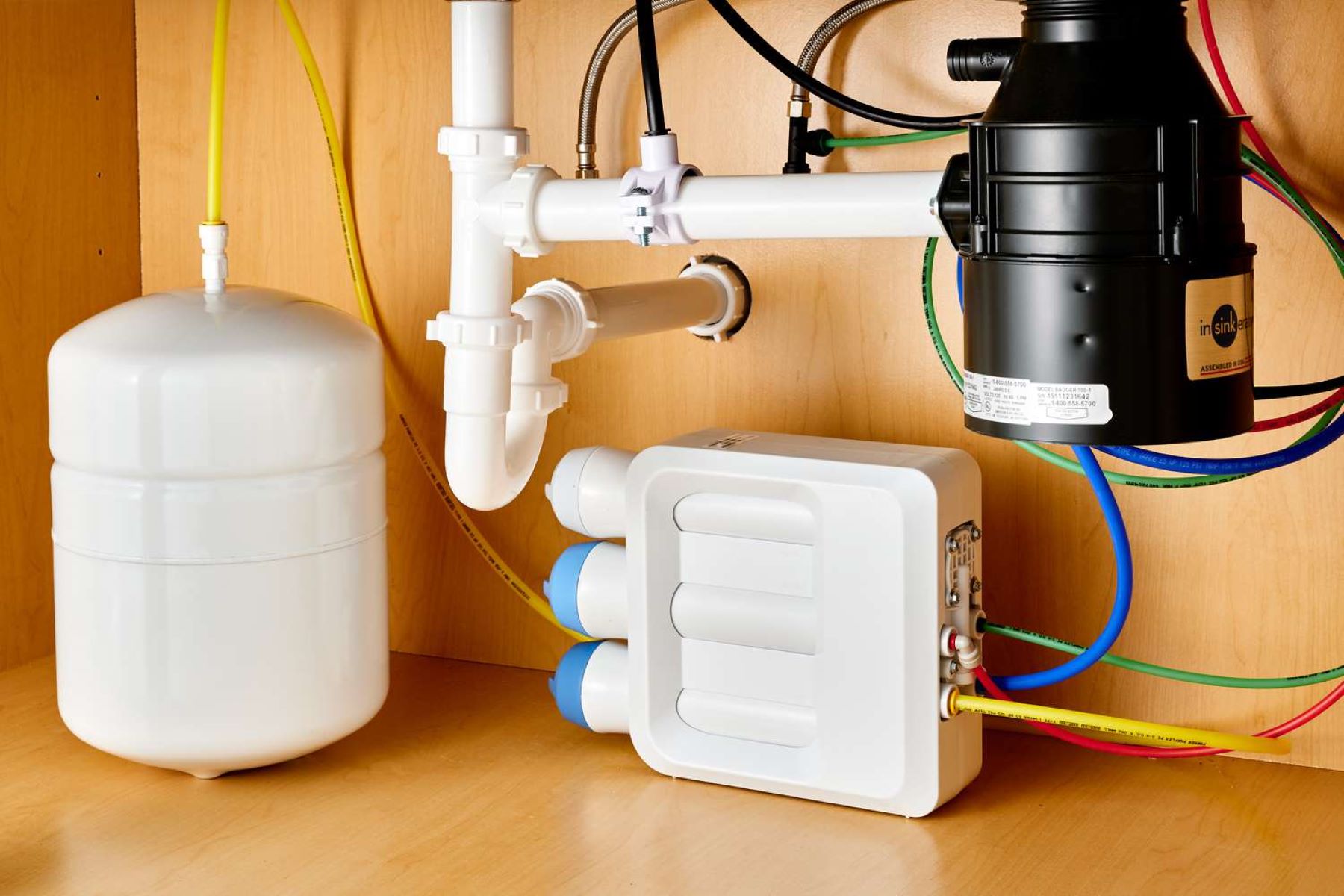
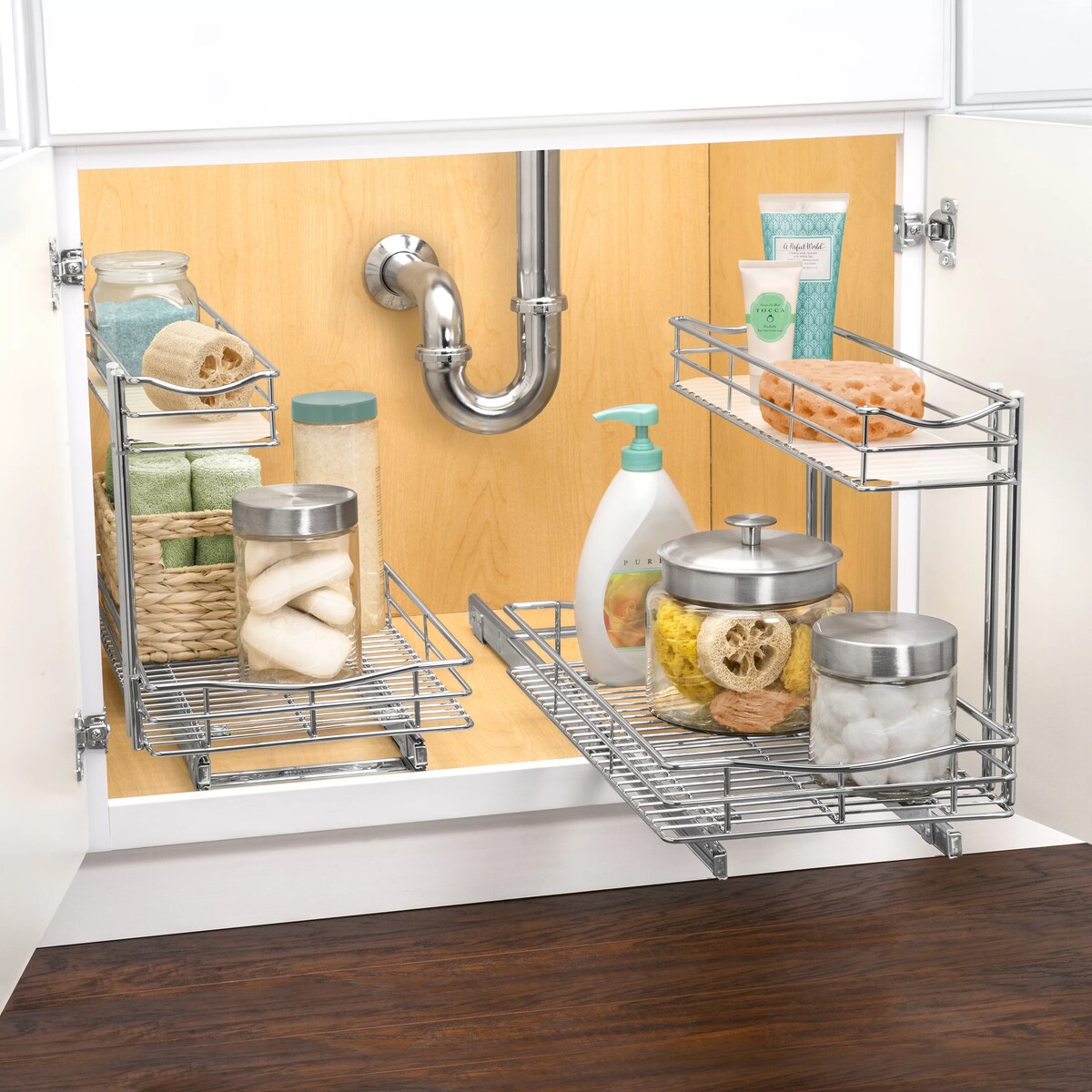
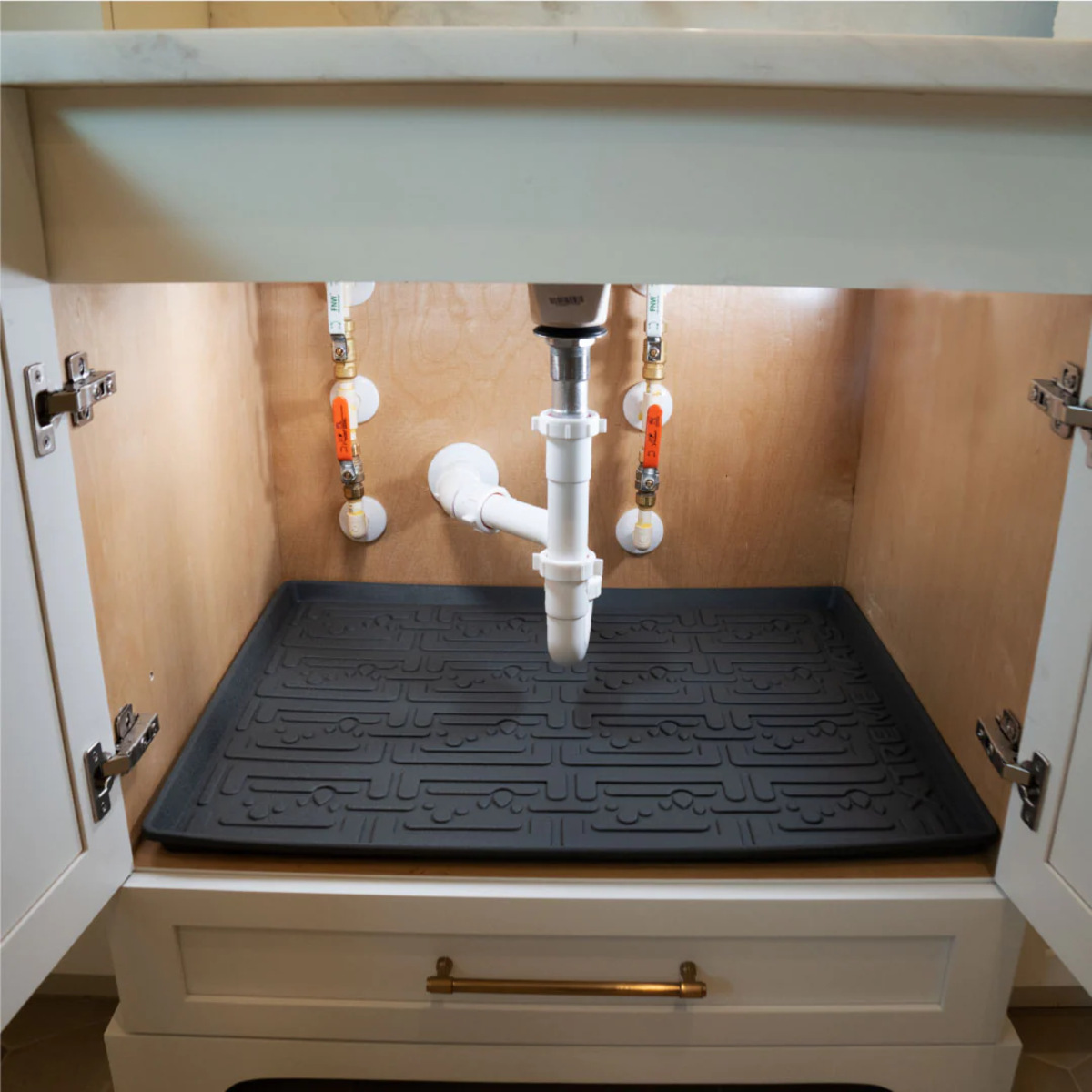

0 thoughts on “How To Organize Under Sink”